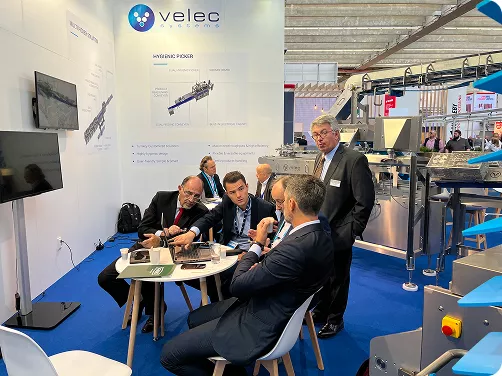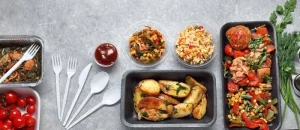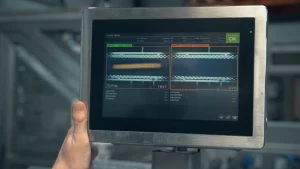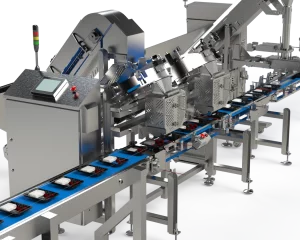Installing a new food filling machine on your production line is a big decision. As you plan to make this new addition, you will probably have many questions: What is the right machine for me? How do I install it and integrate it into my current workflow? How will I maintain it and keep it running optimally? The good news is that, once you have chosen the right supplier/ installer, all of these questions become very easy to answer. Multi-Fill will help you through the process of selecting and customizing your new machine, in line with your specific needs, as well as handling the installation and providing easy-to-follow guidelines for machine maintenance.
Multi-Fill understands the vital importance of choosing the ideal machine for your product and filling requirements. We also realize that installation is only part of the job. Once the machine is installed and becomes operational, it needs to be cleaned and maintained on a regular basis, following a specific regimen to keep it working as it should, and keep your filling line flowing.
When selecting and installing a machine for your filling line, you should keep the following key considerations in mind:
- Your product: The product type, including factors such as consistency and temperature, will determine what kind of machine you should be looking at.
- Your current equipment: You will need to look at your current production line and decide what needs to be changed or added. Do you need to revamp what already exists, or do you just need one or more new machines to augment what you already have?
- Sanitation: Working in the food industry, you obviously understand the importance of health and cleanliness on your production line. Make sure that the machine you choose is easy to clean. Check that it is made of sanitary materials such as 316 stainless steel, and ask your supplier about the dismantling and cleaning procedures.
- Regulatory requirements: Ensure that the materials and design of your machine are in line with the various regulations in your specific industry.
- Customization capability: The new machine(s) should be customizable to your operating requirements, so as to ensure minimal disruption during installation and maximum function when it goes into operation.
In this article, we will take you through our 4-step installation process, explain how we select and install the right machine for your products, based on the above criteria. We will explain how we integrate the machine into your production line and test it to ensure that it is operating as intended. We will then focus on the essentials of cleaning and maintenance to keep your machines in good running order and help you meet high standards of health and hygiene.
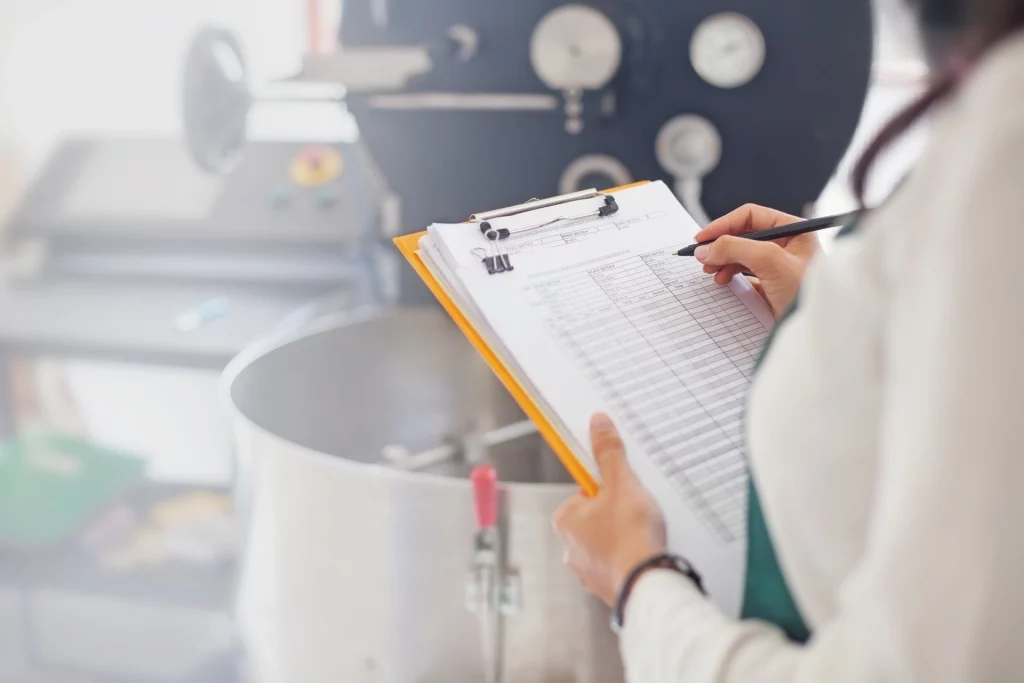
Understanding Multi-Fill’s Process for Installation of Food Filling Machines
When you choose Multi-Fill as your volumetric filling machine supplier, we go through a four-step process to complete the task, starting with getting to know you and your product, and finishing with ongoing maintenance and technical support even years down the line. Our process is as follows:
- Step 1: The discovery meeting: We start by visiting your plant and finding out all we need to know about your business and goals. We look at the products you pack, and study the machinery you are currently using, and devise a fitting solution.
- Step 2: Product test: Next, we bring samples of your product into our testing centers to see how well our machines work with it. We encourage you to come to our testing centers and see the machines for yourself.
- Step 3: Engineering: The third phase is the longest, most involved, and most exciting part of the process. At this point, with a good idea of what sort of machine will work your product, we take a closer look at your operation itself, looking at its flow, its speed, and all the technical specifics. We then customize the appropriate filling machine(s) to fit into your operation. After you have signed off on the design, we manufacture the machine for you.
- Step 4: Installation and support: Once the machines are ready, we ship them to your plant, where our technicians will be waiting with you to complete the installation and ensure that your new, improved filling line is working correctly. We will then provide ongoing technical support to help you keep your production line running efficiently for years to come.
What is your Product and What are your Needs?
The most important question for us, right at the start, before we think about any of the technical specifications of your line, etc., is what product you are planning to fill. We need to know the consistency of your product, and we need to understand the temperature requirements. We also need to know what containers you use and how you want them filled. Once we’ve established this, we need to determine what you are hoping to achieve with your new machines. Do you want to speed up production, or simply make your filing line run more smoothly? Are you looking to change your filling line at all, or simply expand and improve it? All this information will help us to suggest the right kind of machine for you, as well as informing the engineering and design process.
Testing your Product on Our Machines
In the second phase of our process, we bring your product into our testing centers and try them out on our range of volumetric filling machines. We also want you to see our machines in action so that you can be absolutely sure that Multi-Fill is the right fit for you. Our machines can work well with all kinds of products, including vegetables , pasta , rice , whole grains , meats , seafood , fruit , prepared salads , and more. In particular, we have focused on foods that are notoriously difficult to fill, such as cooked pasta and quinoa. The testing process gives us a chance to see if your products and our machines are a good match.
Filling Machine Engineering and Design
Once we have decided on the right machine for your product, the next step is to study your filling line and start planning how we will integrate the new machines into it. Our technical team will take as much time as is needed to understand your line and its requirements fully. We will examine all the existing machines and operational methods. We also get all the necessary measurements and specifications of your machines and containers. Drawings, renderings, and equipment layout plans are produced at this stage to ensure you have the solution that fits your space.
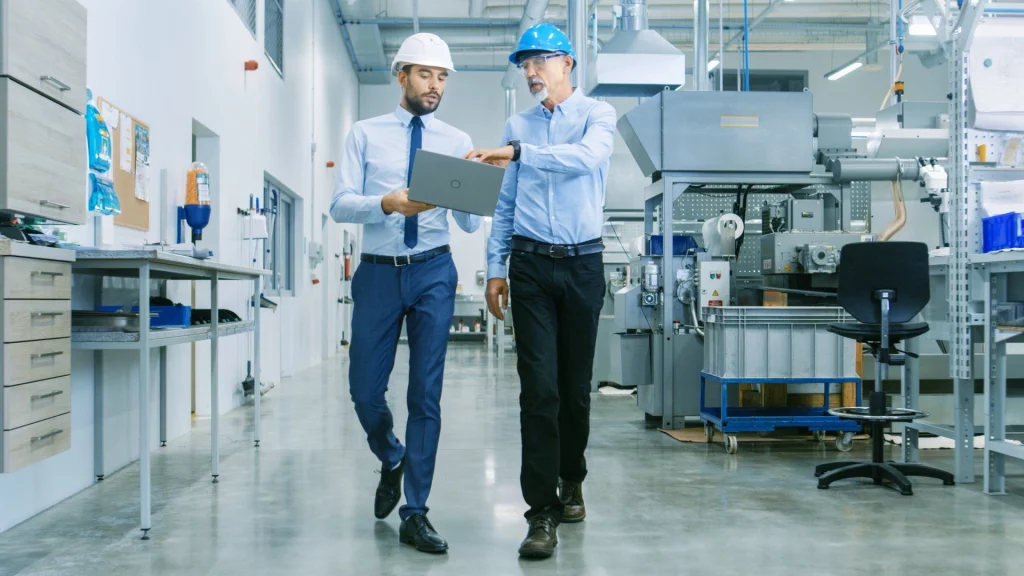
Installing your new Equipment
Once engineering and manufacturing have been completed to your satisfaction, the machines are shipped to your factory. Once it arrives, our engineers complete the installation and help you to integrate the new additions into your workflow. Our team stays with you until the installation is complete and any kinks have been ironed out. We will continue to provide support after the installation. Our machines are guaranteed, and our engineers are available for technical questions even years later.
Cleaning your Volumetric Filling Machine
Cleaning your volumetric filling machines is a vital part of your food filling operations. You will need to clean your machines regularly to keep them up to strict food industry hygiene standards. You may also need to switch from one product to another on the same machine, which will require quick, easy cleaning. Multi-Fill’s volumetric filling machines are designed to be easily dismantled to make cleaning fast and straightforward. There are minimal moving parts, a tilt-out hopper, hinged console, tilt-drip pans, easy head disassembly, and quick belt release. No tools are needed.
Upgrade Options for your Volumetric Filling Machine
Either before or after the installation of your filling machine , you can choose to add one or more of our upgrade options. The options include batch-feed hoppers, which can be mounted on their own bases or directly to the bases of the filling machines. They can be fed by a vertical post dumper, conveyor, or chute from a second floor or platform. We also offer patented distribution systems, which are designed to suit your specific line layout, including multi-lane conveying systems or vertical pouch machines. Think of it as the missing link between our filling machine and your container conveying equipment. There are many other upgrade and customization options available. Ask us about the possibilities during the discovery and engineering phases.
Maintaining Hygiene Standards in your Food Processing Plant
Hygiene standards are pivotal in the food processing industry, and our machines are designed to facilitate them. There are ten principles that inform the design and engineering of quality, hygienic food filling machines:
- Easy cleaning to a microbiological level.
- Materials that are compatible with cleaning and hygiene needs, such a stainless steel.
- Accessibility for inspection and cleaning.
- Hermetically sealed hollow areas.
- Exclusion of any niches where food debris might collect and where bacteria and molds might grow.
- Sanitary operational performance.
- Hygienic design of maintenance enclosures.
- Hygienic compatibility with other plant systems.
- Design that facilitates cleaning and sanitizing protocols.
MULTI-FILL Inc . is recognized worldwide as a leading provider of high-quality food filling systems for hard-to-fill products. Our fillers are on most of the ready-meal lines of major players in the prepared foods industry as well as the smallest of customers. We have been providing volumetric filling systems to satisfied customers around the world for decades. Based in West Jordan, UT, we specialize in the production of filling systems that ease the difficulties food manufacturers experience in the packing of hard-to-fill foods such as cooked rice and pastas. Our volumetric fillers are perfectly suited for a wide range of food-grade applications. Contact us today to find out more about food filling machine installation and filling machine maintenance.
